The porcelain dial is a true work of art. Hand-decorated with a vividly coloured pastoral scene, it depicts a lady in pink and yellow robes seated in a countryside setting beside a white lamb, surrounded by vegetation and flowers. This composition lends the watch an unusual warmth and romanticism. The hour circle, with black Arabic numerals, is slightly off-centre and framed at the bottom by a subtle decorative garland. The hands are finely pierced, Breguet-style in gilt metal, complementing the ensemble with perfect balance.
The front crystal cover is hinged, allowing a clear view of the dial. In terms of condition, the watch is still in working order, which is especially appreciated in pieces of this age. It shows signs of wear consistent with its age, such as surface scratches on the case and a small hairline crack in the porcelain dial, but none of these detract from its visual appeal or functionality; in fact, they add character to the piece.
This 18th-century French verge fusee pocket watch is ideal for collectors seeking an authentic piece with history. It would also be perfect as an exclusive gift full of personality and refined taste.
A unique opportunity to acquire a piece of French horology with over two centuries of history and a design filled with poetry and precision.
Dimensions: 52 mm (2.04 in)
About Hefsen à Paris
Although extensive documentation about Hefsen is lacking, his work places him within the vibrant horological scene of late 18th-century Paris, a time of great technical innovation and aesthetic refinement. Paris was considered one of the world’s watchmaking capitals during this period, with workshops producing timepieces for both the nobility and the increasingly affluent bourgeoisie who were fascinated by mechanical luxury. These were the years of the so-called “golden age of French horology,” when figures like Breguet and Le Roy rose to prominence. While Hefsen did not achieve the same fame, his finely engraved signature and the quality of his craftsmanship place him among the many master artisans who contributed to Paris’s watchmaking prestige.
Watches like the one presented here were highly prized by those who appreciated mechanical detail. They featured the chain and fusee transmission system, which maintained constant power as the mainspring unwound. Though this system was surpassed during the 19th century, it reflects a deep understanding of motion physics and mechanical precision. Hefsen was active in Paris during a transitional moment, just before the French Revolution erupted, making his watches direct witnesses to a key historical and cultural era in Europe. The watch’s pastoral decoration also reflects the bucolic taste typical of the Louis XVI style, which influenced art, fashion and personal objects of the time.



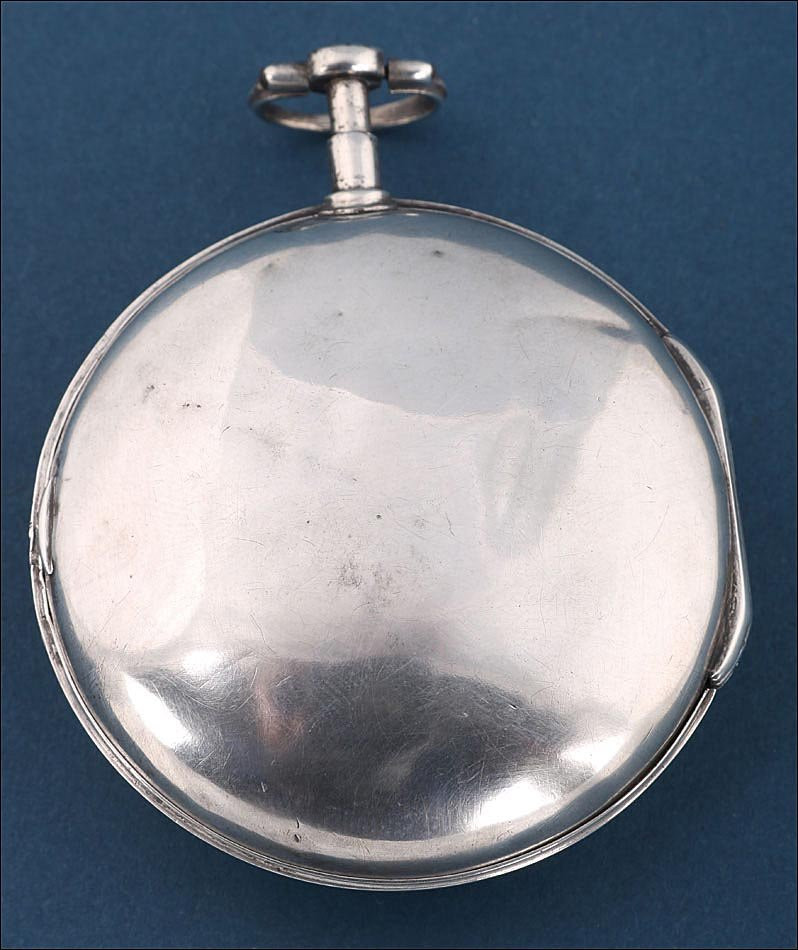
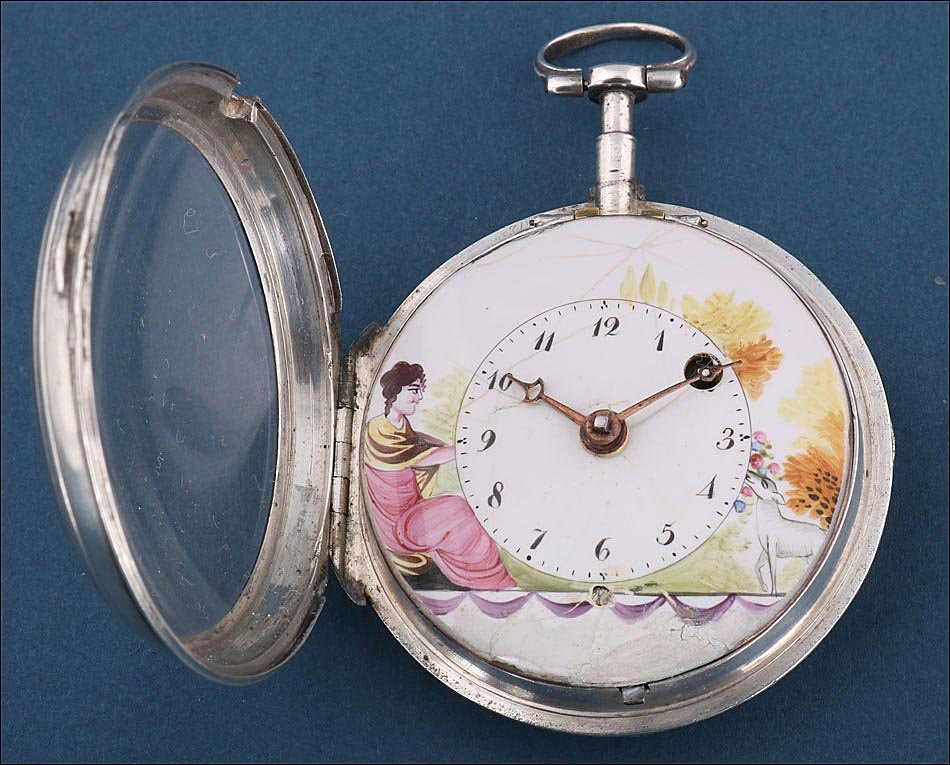
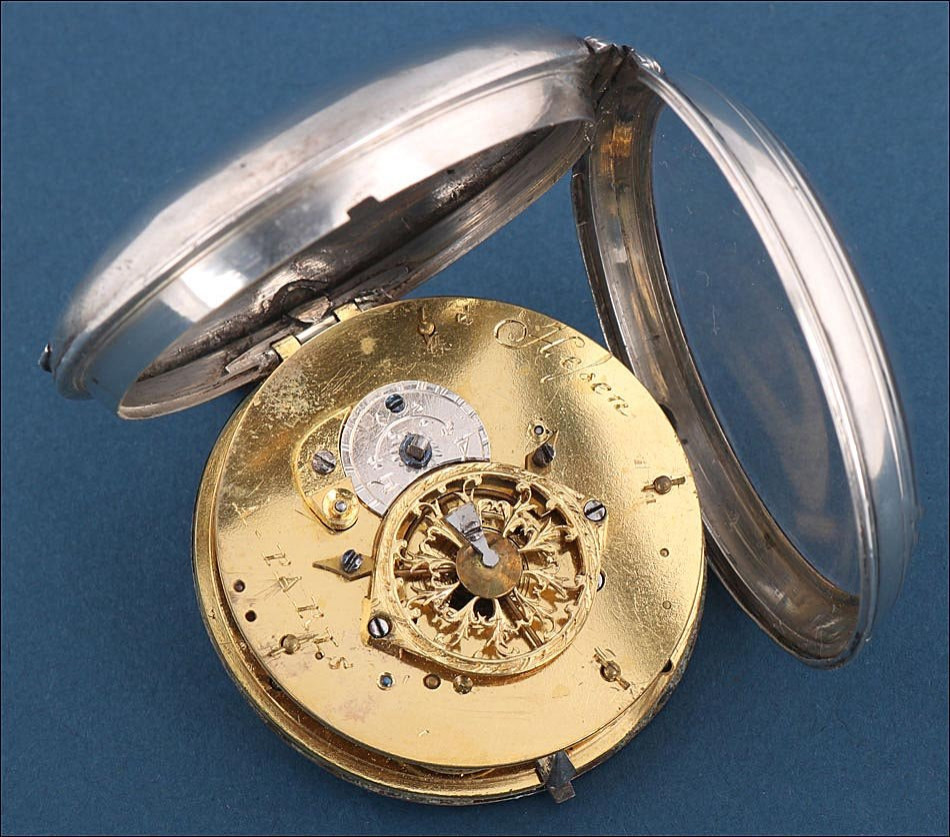


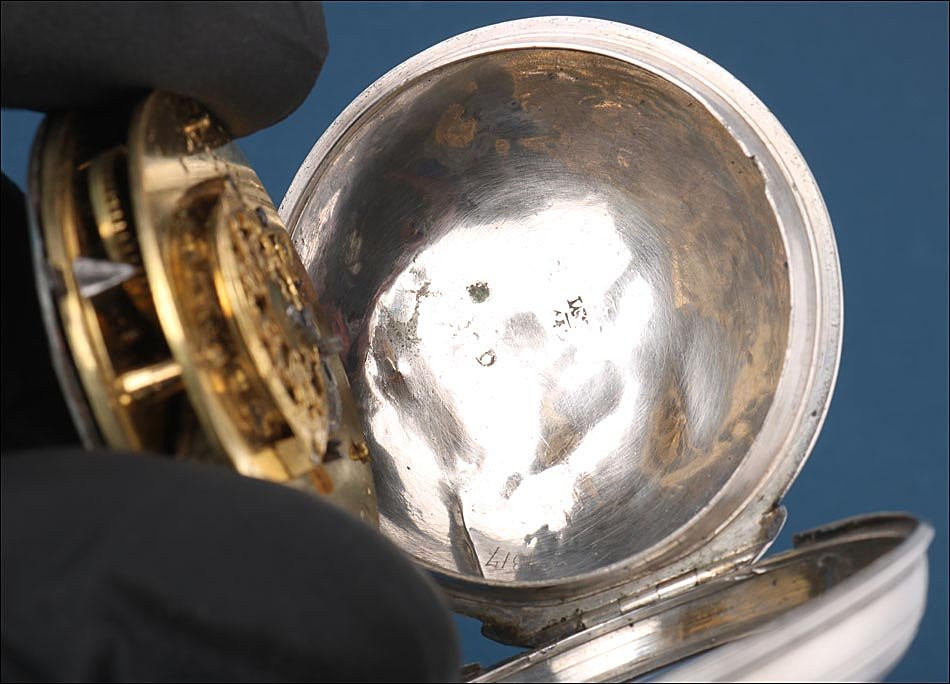
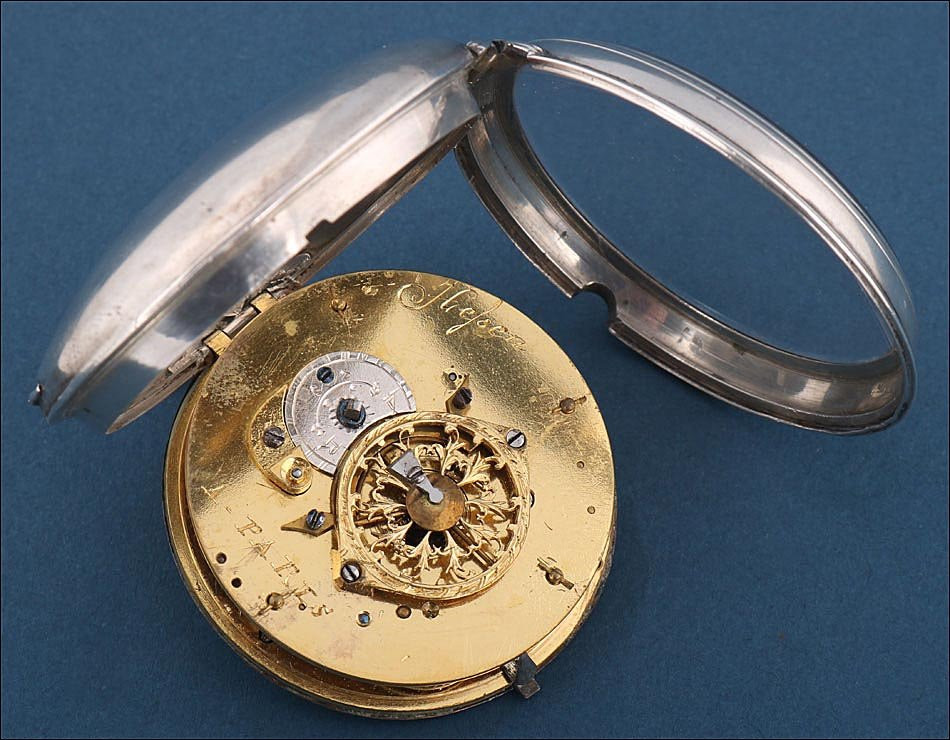
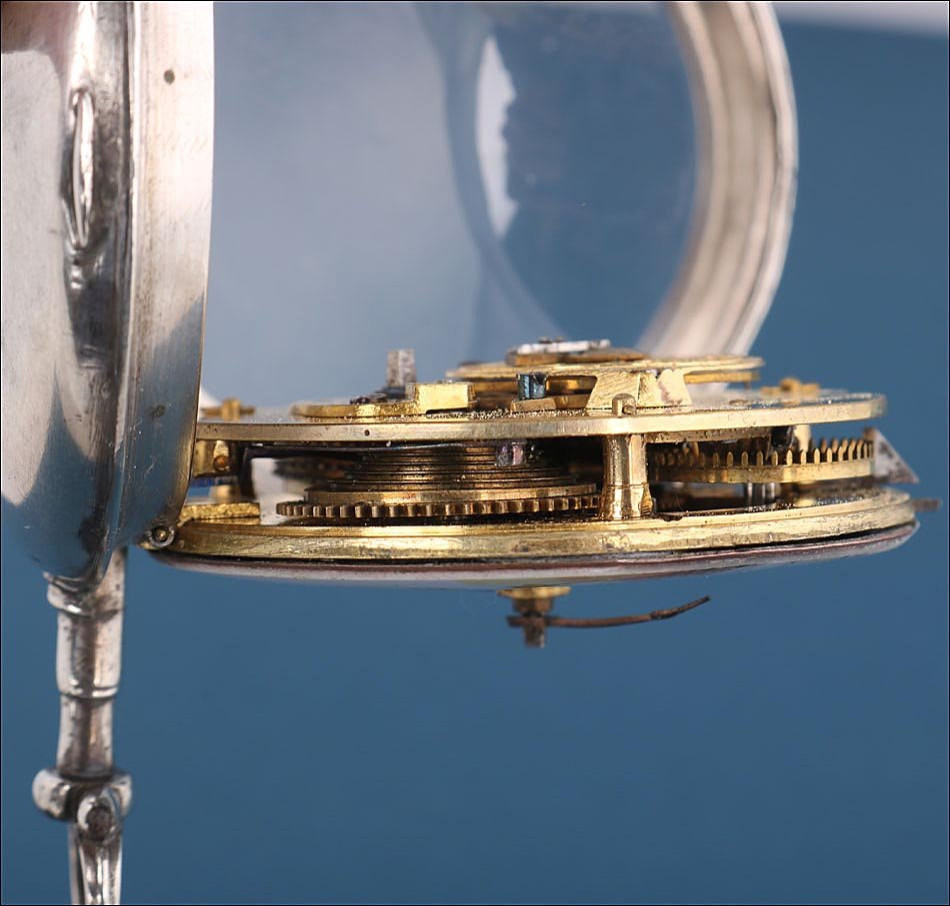


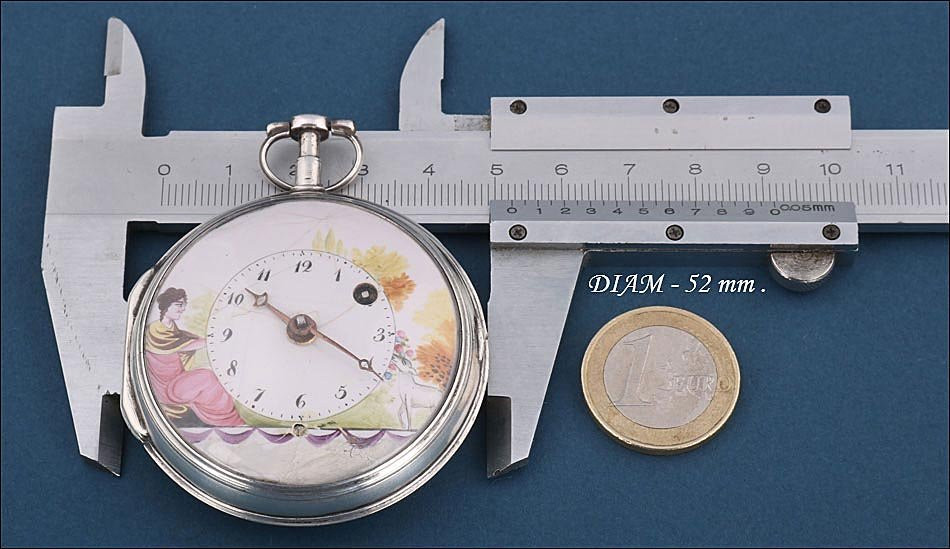














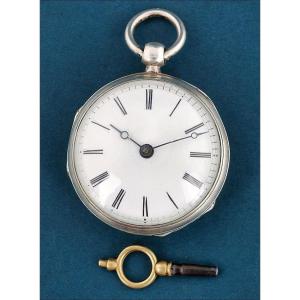
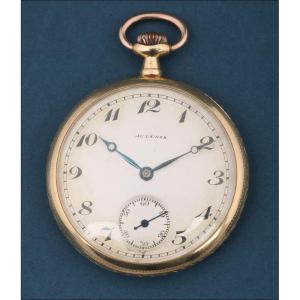




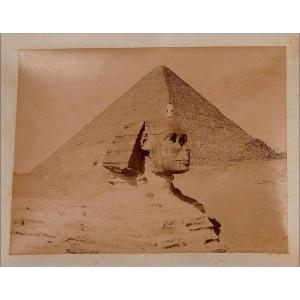


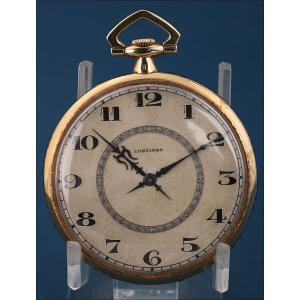



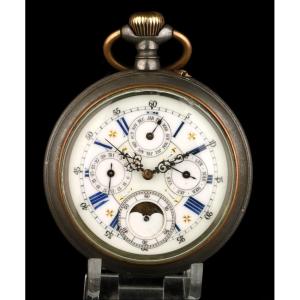

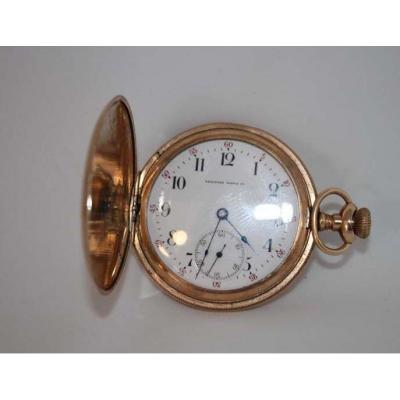






 Le Magazine de PROANTIC
Le Magazine de PROANTIC TRÉSORS Magazine
TRÉSORS Magazine Rivista Artiquariato
Rivista Artiquariato